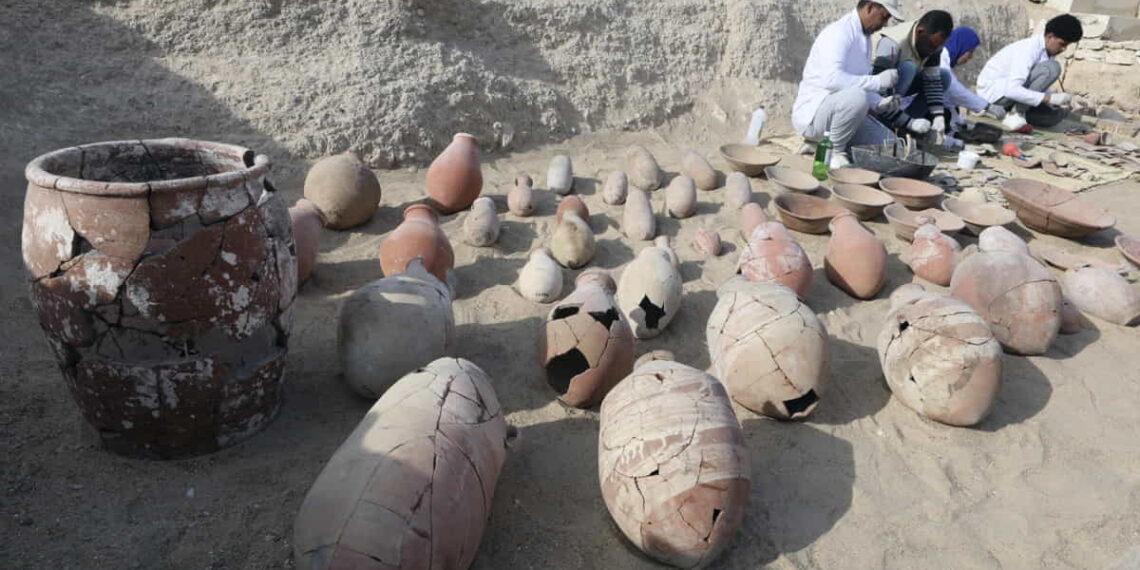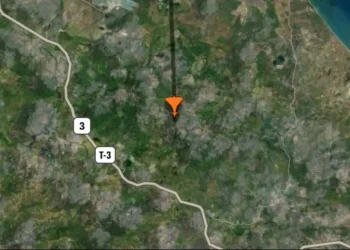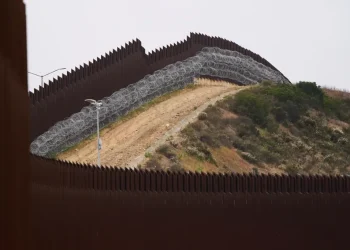Ancient Tombs and Artifacts Unveiled in Luxor, Egypt
Egypt has unveiled several groundbreaking discoveries near the historic city of Luxor, including ancient rock-cut tombs and burial shafts that date back more than 3,600 years. These fascinating finds were uncovered at the causeway of Queen Hatshepsut’s funerary temple at Deir al-Bahri, located on the Nile’s West Bank.
According to a statement from the Zahi Hawass Foundation for Antiquities & Heritage, which worked alongside the Supreme Council of Antiquities since September 2022, the excavation site has revealed an impressive array of artifacts. Among the discoveries were bronze coins featuring the image of Alexander the Great, dating back to the reign of Ptolemy I (367-283 BC). Other artifacts include clay children’s toys, funerary masks, winged scarabs, beads, and amulets.
Insights Into Ancient Egyptian Life
Zahi Hawass, an archaeologist involved in the project, explained that the discoveries could “reconstruct history” and provide valuable insight into the rituals and programs that ancient Egyptians designed within their temples.
Among the significant finds were the remains of Queen Hatshepsut’s Valley Temple and rock-cut tombs from Egypt’s Middle Kingdom (1938-1630 BC). Archaeologists also unearthed burial shafts from the 17th Dynasty, the tomb of Djehuti-Mes, and parts of the Assassif Ptolemaic Necropolis.
Although many of the tombs had been looted during the Ptolemaic period and later, the excavation team uncovered important artifacts. For instance, pottery tables used to offer bread, wine, and meat during funeral rites were found, shedding light on the ceremonial practices of the time.
Remarkable Finds in Burial Shafts
The burial shafts, dating back to between 1580 BC and 1550 BC, contained anthropoid wooden coffins, including one belonging to a young child. Remarkably, the coffin remained intact after more than 3,600 years. Also discovered were war archery bows, suggesting that the tomb owners had military backgrounds and may have played a role in liberating Egypt from the Hyksos invaders.
The Tomb of Djehuti-Mes
While few artifacts were found inside the tomb of Djehuti-Mes, the structure itself provides valuable information about its occupant. Djehuti-Mes, who oversaw the palace of Queen Teti Sheri, was linked to the reign of King Ahmose I, whose rule spanned from 1550 BC to 1525 BC. The tomb’s funerary stelae, engraved with a specific date, places it in the 9th year of King Ahmose’s reign.
Ptolemaic Necropolis and Other Discoveries
In addition to the tombs, the excavation also revealed part of the extended Ptolemaic necropolis that once occupied the causeway and Valley Temple site. These tombs, constructed from mud bricks, were built over the remains of Queen Hatshepsut’s temple. A portion of the necropolis was uncovered earlier in the 20th century, but it was not thoroughly documented at the time.
In November, a joint Egyptian and American archaeological team unearthed an ancient tomb with 11 sealed burials in the South Asasif necropolis, located near the Temple of Hatshepsut. This Middle Kingdom tomb adds another layer to the rich history being uncovered in this area of Egypt.
These exciting discoveries continue to offer a glimpse into the life and culture of ancient Egypt, as well as the monumental efforts being made to preserve and understand the country’s rich heritage.
This article was rewritten by JournosNews.com based on verified reporting from trusted sources. The content has been independently reviewed, fact-checked, and edited for accuracy, neutrality, tone, and global readability in accordance with Google News and AdSense standards.
All opinions, quotes, or statements from contributors, experts, or sourced organizations do not necessarily reflect the views of JournosNews.com. JournosNews.com maintains full editorial independence from any external funders, sponsors, or organizations.
Stay informed with JournosNews.com — your trusted source for verified global reporting and in-depth analysis. Follow us on Google News, BlueSky, and X for real-time updates.














